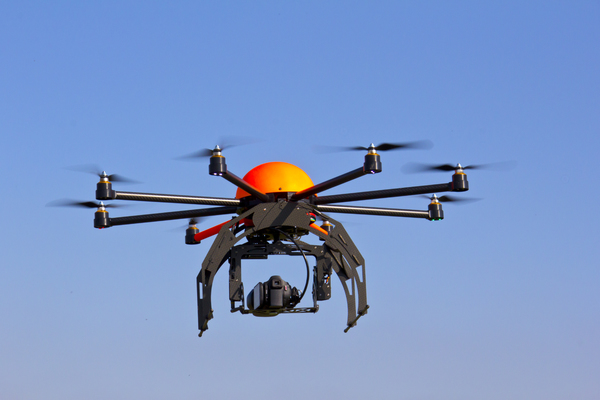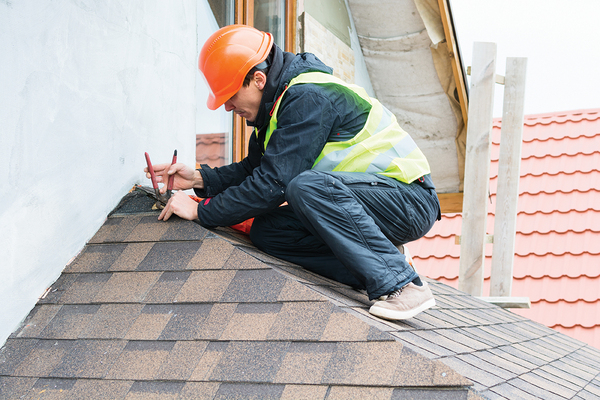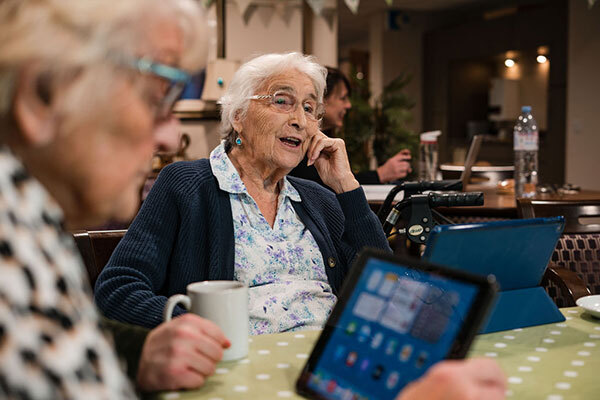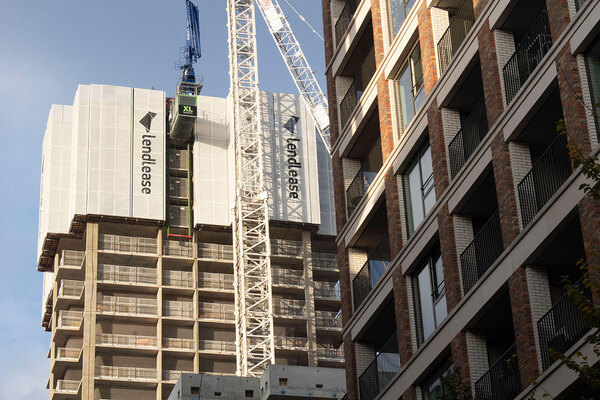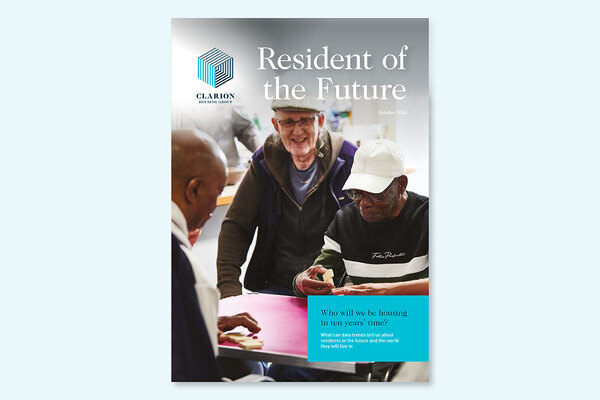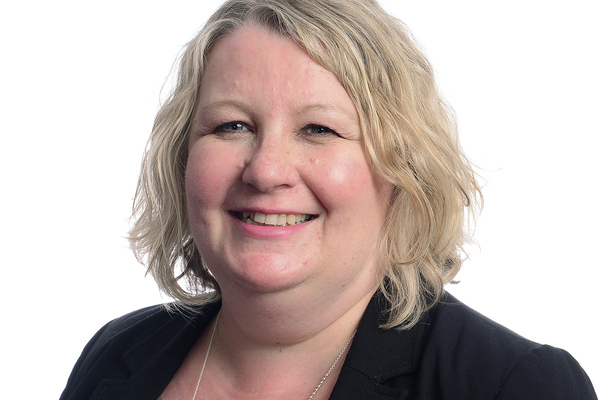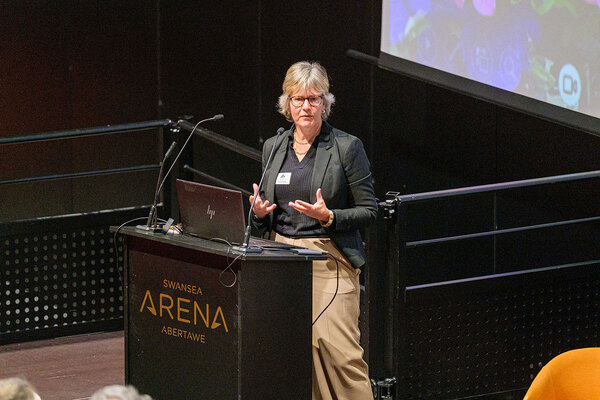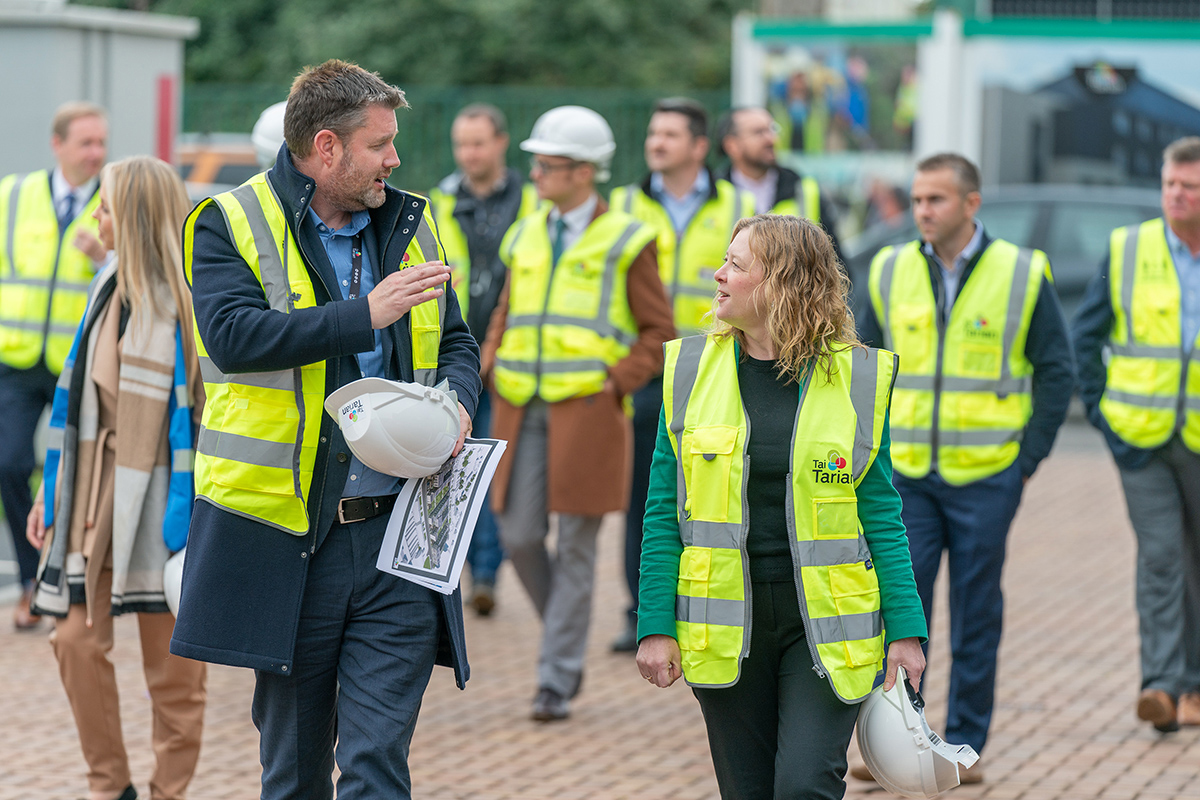You are viewing 1 of your 1 free articles
Flying fixes: can drones help solve the repairs crisis in social housing?
Yorkshire Housing recently took part in a pilot scheme to carry out repairs inspections using drones. John Wimperis speaks to the landlord about what it learned from the project, and what the technology could mean for the sector
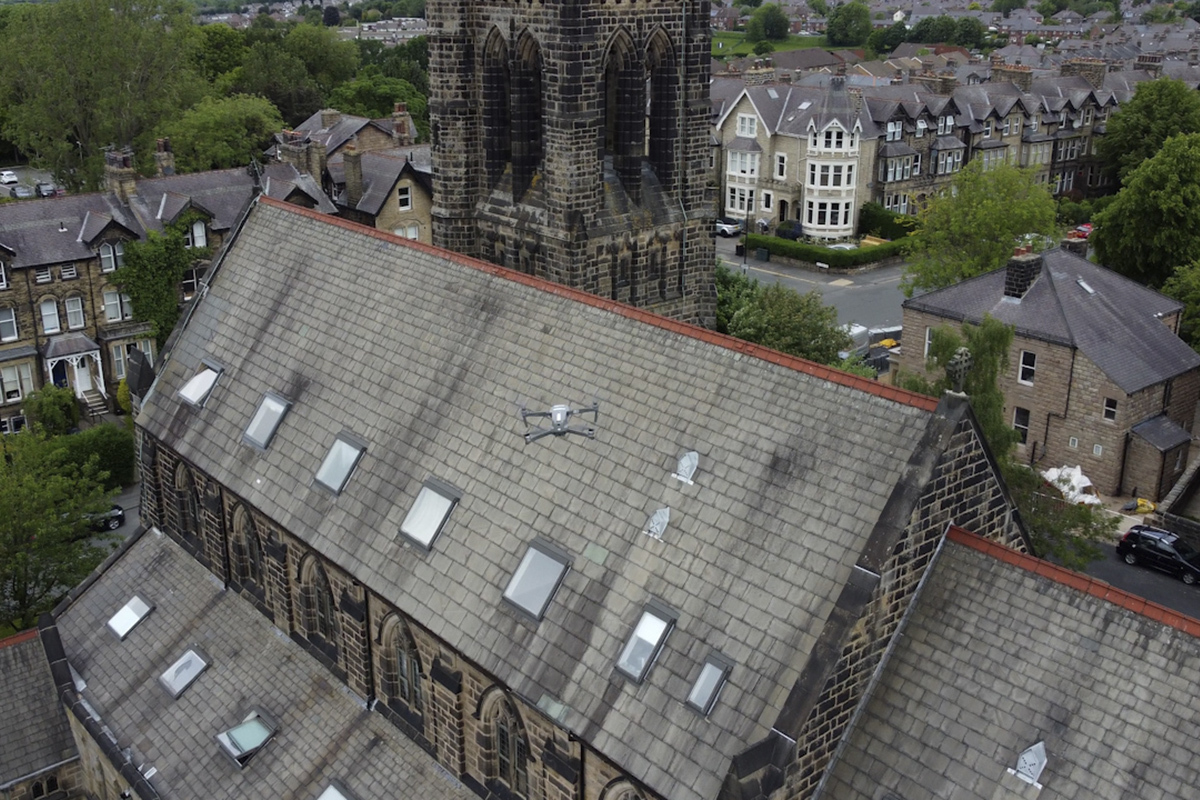
In the past 18 months, the repairs crisis has made national news headlines.
The pressure on social housing providers to ensure that ageing stock is liveable for tenants is on the increase, with the quality of housing coming under the microscope in a way not seen for years.
An expanded Regulator of Social Housing that will now interrogate social landlords’ performance on consumer standards and a more active Housing Ombudsman are ensuring that organisations that fail tenants are named and shamed.
As a result, many providers are looking at new ways to make sure problems in homes are identified and rectified quickly, and that issues do not get worse.
Some are even looking for help from above.
Yorkshire Housing is one of those providers.
The 18,000-home landlord has recently taken part in the Department for Transport’s Drone Pathfinder programme. The pilot, in which Yorkshire Housing partnered with drone operators Vantage UAV, used the technology to inspect properties.
The drone looked at three of Yorkshire Housing’s properties, and the housing association identified a number of advantages. A key benefit was how much time the drones saved the association when compared to traditional surveying.
Josh Ambler, innovation analyst at Yorkshire Housing, says: “One of the things that we’re hoping to reduce by being able to utilise drones is the use of scaffolding and cherry pickers.”
“The drone just flew around all morning and we got all the information without putting anybody at risk and without disturbing customers”
He adds: “If we had scaffolding, it’s going to probably be up for days. Whereas with a drone, you will do it within a couple of hours.”
And the drone system is more time-efficient than other solutions, and particularly with those hard-to-reach buildings.
One property that featured in the drone pilot was a converted church in Harrogate, now home to leaseholders. This unusual building required Yorkshire Housing to take an innovative approach to inspections.
“In the past we have had steeplejacks literally climbing on the outside of the building to do an inspection,” says Andy Gamble, executive director of growth and assets. “The drone just flew around all morning and we got all the information without putting anybody at risk and without disturbing customers.”
From its footage, Vantage UAV was able to generate a 3D model of the building. Yorkshire Housing was then able to use the images to identify the specific issues with the roof.
Before the drone survey, the housing association had planned to reroof the converted church at a predicted cost of £300,000. However, after the inspection it decided instead to fix the specific problems for almost an eighth of the cost.
In addition to 3D modelling, drones can be used to create highly detailed photographic maps of an area – called orthomosaics – by combining a series of aerial photographs.
These can provide a live video feed from the drone’s camera, which, in some cases, can be enough for an inspection.
“You’re able to get far better outputs than sending somebody up on the roof. You’re able to get that full view of the roof rather than just what the person can see at that point”
Mr Ambler says that, one day, the surveyors came out to watch the footage while inspecting a flat-roofed property where a leak had been reported.
“Just by having that drone footage he was able to identify there and then where the water was coming in from,” he says.
Mr Ambler describes the images as “crystal clear”. He says: “You’re able to get far better outputs than sending somebody up on the roof. You’re able to get that full view of the roof rather than just what the person can see at that point.”
While drones can have great results, they are not always the most cost-effective solution, as Bromford discovered. The association purchased a drone in 2014 to test the idea of using it for inspections but found that it was not worth the cost to inspect its mainly low-rise stock.
At the time, Bromford’s innovation coach Paul Taylor said: “It’s actually cheaper to send someone up a ladder, unless you have a stock profile where it’s worth getting someone trained up.”
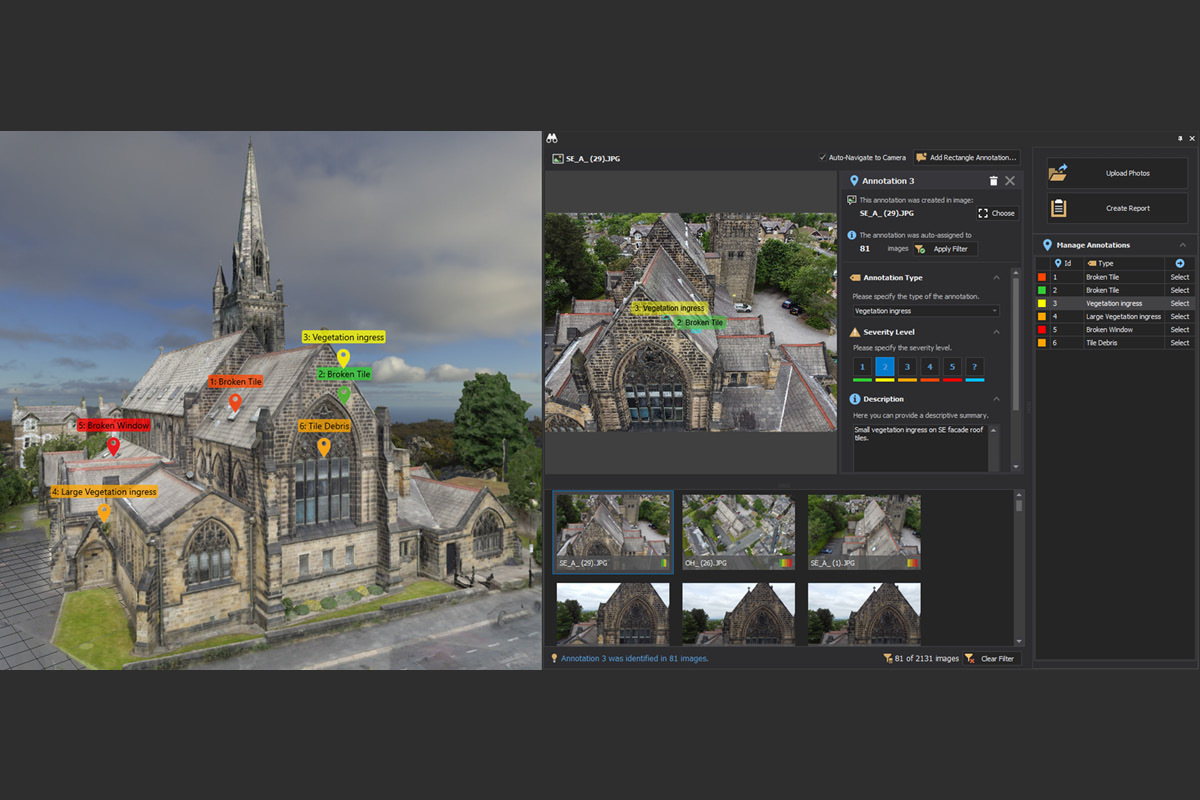
Drone pilots require licenses as well as considerable expertise and so, despite their benefits, bringing this technology in house will not be efficient for many housing associations and councils.
Mr Gamble says this was what Yorkshire Housing had originally hoped to do, but since the trial it has decided that contracting a drone operating company to carry out the checks is better value for money.
“They can deal with all the permits, they’ve got the right type of pilots, they’ve got the right type of drones so we probably wouldn’t invest directly; we probably outsource that to a specialist,” he says.
Mr Gamble says he was told that a typical quote for a day’s survey by drone could be £1,200. Vantage UAV said that its prices varied significantly based on the nature and scale of the job, but it claimed that its services would result in savings of between 70% and 95% over other inspection methods.
And it is these potential savings that could drive others to follow in the footsteps of Yorkshire Housing, and result in the use of drones becoming widespread in the social housing sector.
Yorkshire Housing was able to fix specific issues in its converted church instead of re-roofing the whole property, and it could use its savings of more than $250,000 to re-roof another property that needed it.
And if housing inspections can be carried out more efficiently, social landlords will have more resources free to deploy to other areas of the business, including fixing homes in disrepair, just like Yorkshire Housing.
Sign up for our asset management newsletter
Already have an account? Click here to manage your newsletters
